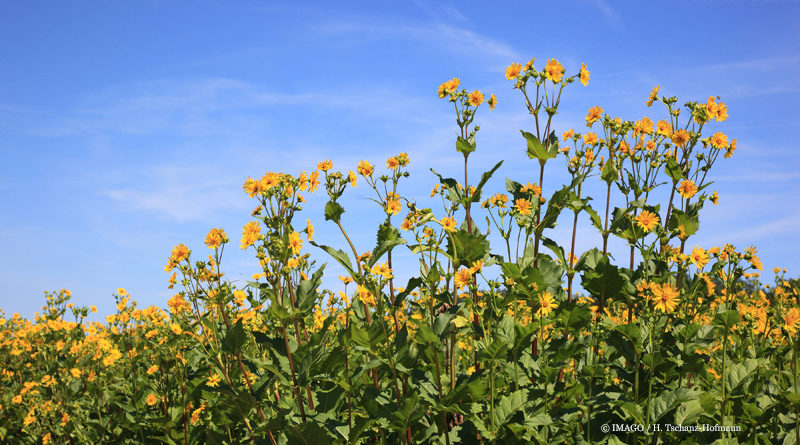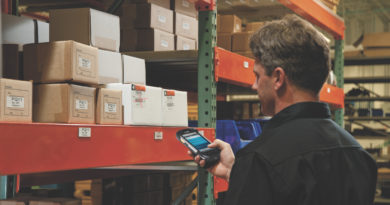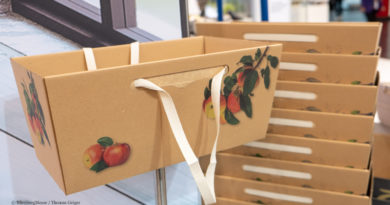Life Cycle Assessment for Packaging Made from Silphium
OutNature, part of the Schwarz Group, is exploring the potential of silphia fibers for packaging. The Fraunhofer Institute for Environmental, Safety and Energy Technology has now prepared a study for OutNature on the life cycle assessment of the material – with promising results.
OutNature, a subsidiary of PreZero, an environmental services provider belonging to the Schwarz Group, specializes in the production of fiber and paper products such as packaging based on „Donau-Silphie“. The company commissioned the Fraunhofer Institute for Environmental, Safety and Energy Technology UMSICHT to conduct a life cycle assessment study to compare the potential environmental impact of silphia paper with conventional packaging paper made from virgin fibers.
The energy plant „silphium perfoliatum“ originates from North America, has gained importance in Germany in recent years as an alternative to corn cultivation and is used as biomass in biogas plants. The silphia plant is a wild perennial that is insect-friendly and also has positive effects on erosion and water pollution control, as the Fraunhofer Institute explains.
Positive environmental effects
The life cycle assessment study showed that silphia paper has some positive environmental effects compared to pulp board, the scientists say. For example, ozone depletion and smog formation are lower, resource use of minerals and metals is more environmentally friendly, and land use improves because of the high land yield of silphia. With regard to the consumption of fossil raw materials, on the other hand, pulp board shows advantages, particularly because renewable energy from integrated pulp production is mainly used. Cultivation-relevant environmental effects such as acidification of the soil are also higher with silphia paper than with pulp board, since no fertilization is assessed for the forest.
OutNature currently uses up to 50 percent silphia fiber and up to 50 percent pulp for paper production. According to the study, silphia fiber production causes less environmental impact than pulp production, especially in terms of energy and water balance. „Generating biogas from Silphium and its conversion into electricity has a positive effect on the overall balance sheet,“ explains Dr. Daniel Maga, Group Leader, Sustainability Assessment at the Fraunhofer UMSICHT. „The results of the life cycle assessment study are promising; the paper production process alone currently still causes the largest amount of greenhouse gas emissions,“ explains Thomas Tappertzhofen, managing director of OutNature. With silphia fibers, however, it has been possible to produce a regional and renewable raw material that also makes sense from an ecological point of view as a pulp substitute, he adds.




